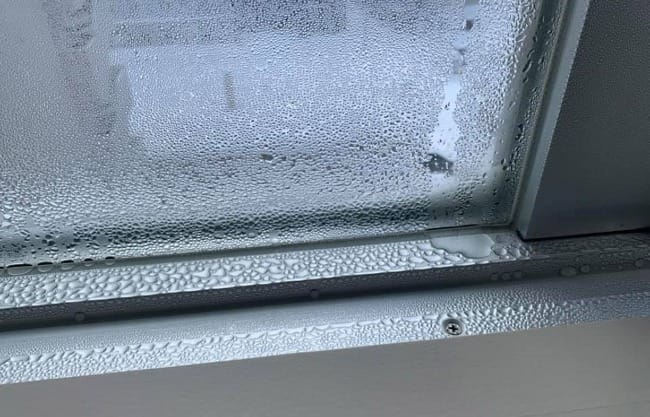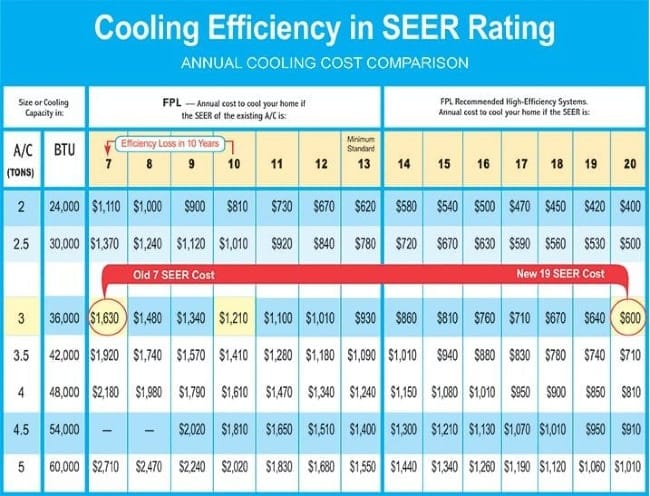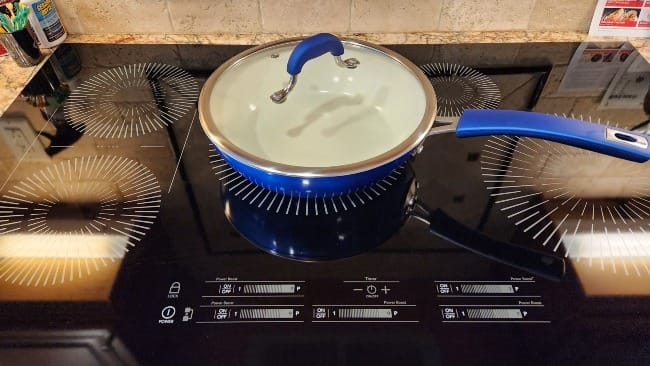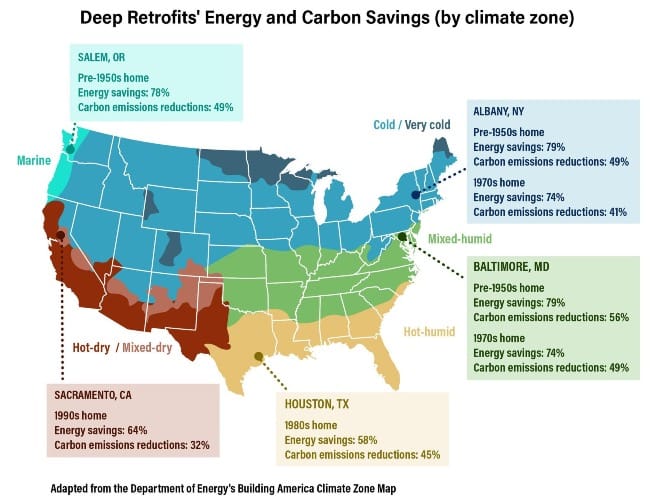Today, we're excited to share another post from Abigail Welborn, who is an Ecological Disciple subscriber, writer, and supporter of Circlewood. As a follow-up to her last post, she shares some ways that she started greening her life around the house!
_____________________________
In this second post on “greening” your life, I want to talk about boring stuff—because household actions can have a big impact on climate change!

Windows
Depending on where you live, upgrading old windows can be the biggest savings in emissions, especially if your home has metal frames or single-pane glass.
When we lived in Seattle, we added insulation to the attic and replaced our aluminum-frame windows with high-end vinyl, keeping the house noticeably warmer. These changes didn’t make much difference in our bill, but did help me feel a lot warmer. In areas with greater temperature variations, vinyl tends to degrade faster, so consider fiberglass window frames, which can be expensive but are attractive and efficient.
Heating and Air Conditioning
The next upgrade that made a big difference in Seattle was adding a multi-stage electric heat pump. On its lowest setting, I literally could not hear it running, and unlike a furnace, which has to let the temperature inside drop a few degrees before kicking on again, it keeps the house more consistently warm.
That said, the more outside temperatures drop below freezing, the more a heat pump relies on its backup heat source. Because it was rarely needed, we kept our 80% efficient gas furnace (natural gas furnaces can be up to 98.5% efficient!). Higher-efficiency furnaces typically cost more because of installation, but have lower emissions and cost less to operate.
In warmer climates, upgrading your HVAC can be even more effective than upgrading windows and insulation. We replaced the old 9-SEER air conditioner for our Florida house’s second floor with a 16-SEER heat pump and immediately noticed that the upstairs stayed cooler. Though higher-SEER units cost more up-front, the cost difference between 14 (the minimum now) and 16 SEER was less than 20%. Here’s a calculator if you want to estimate your savings.

Also, keep an eye out for geothermal heat pumps! They have a high installation cost, but make good sense in some areas. Plus, if you can get your neighborhood in on converting to GSHPs all at once, you could take advantage of existing natural gas infrastructure.

Induction Cooktops
I had only used gas ranges before moving to Florida, but there our new house had an electric cooktop. It took forever to heat up and cool down, which was annoying enough, but after I scorched one of my potholders, I was ready for a change.
However, our neighborhood isn’t plumbed for natural gas. Cooking with gas also appears to be worse than we first thought for the climate, and there’s growing awareness that it worsens indoor air quality and can exacerbate childhood asthma. (Note: if you already have a gas stove, you can greatly reduce that risk by turning on your range hood, if it vents outside, or opening a window every time you use the oven or stove.)
Fortunately, there’s an alternative! An induction cooktop heats up and cools down as fast as gas, is safer and cheaper to operate, and is easier to cook on—no scorching.
Because our cooktop was separate from the oven, replacing it was literally as simple as lifting out the old one and setting down the new. You might not replace a whole stove just for the cooktop, but when you do need a change, a range with induction and a good Consumer Reports rating costs around the same as electric smooth-top or gas cooktop.
As good as induction is, there are still small tradeoffs. First, you can hear the magnets working at high settings, like a low buzz. Second, induction requires cast iron or steel-bottom pots and pans. For the latter, I found a new set through Consumer Reports that was rated highly for less than $120. Another tip: take a magnet to a thrift store; if it sticks to the bottom of a pan, you can use it!
Heat Pump Water Heaters
You’ll probably notice a trend here—we have had to replace way too many heating units! No, really, it’s that there are many great options for heating. Before we bought a house that had one, I had never heard of a heat pump water heater, even though they can be up to eight times more efficient than older styles. Here’s a chart showing the lowest and highest Uniform Energy Factor (UEF) ratings of different types of water heaters. You can calculate how fast the up-front cost will get paid back. The best side benefit for us living in Florida is that the water heater cools our garage!
Type | Low UEF | High UEF |
Heat pump/hybrid electric | 2.1 | 4.07 |
Gas tankless | 0.79 | 0.96 |
Electric with tank | 0.88 | 0.95 |
Gas-fired with tank | 0.54 | 0.93 |
Oil-fired with tank | 0.62 | 0.68 |
When we had 11 people in the house one Christmas, we had to turn it to the less-efficient “fast recovery” mode—but it has still been worth it for the overall savings.
Another option, if you live in a sunny place, is a solar water heater, which heats water directly or indirectly from the sun with rooftop equipment. Like all systems, these have tradeoffs, but some of the benefits compared to tank water heaters include a longer lifetime and lower maintenance costs, while still maintaining enough hot water.

Conclusion
Climate-friendly upgrades to your home can have significant up-front costs, but they save money in the long run. Also, when the time comes, don’t forget to look into incentives! Many electric and gas utilities offer rebates for switching to more energy-efficient appliances, and the federal government is offering tax incentives as well.
In my next post, we’ll head to the garage to talk about electric cars!
Abigail Welborn
Get in touch with Abigail: Twitter or Instagram.
You can comment on this post below.